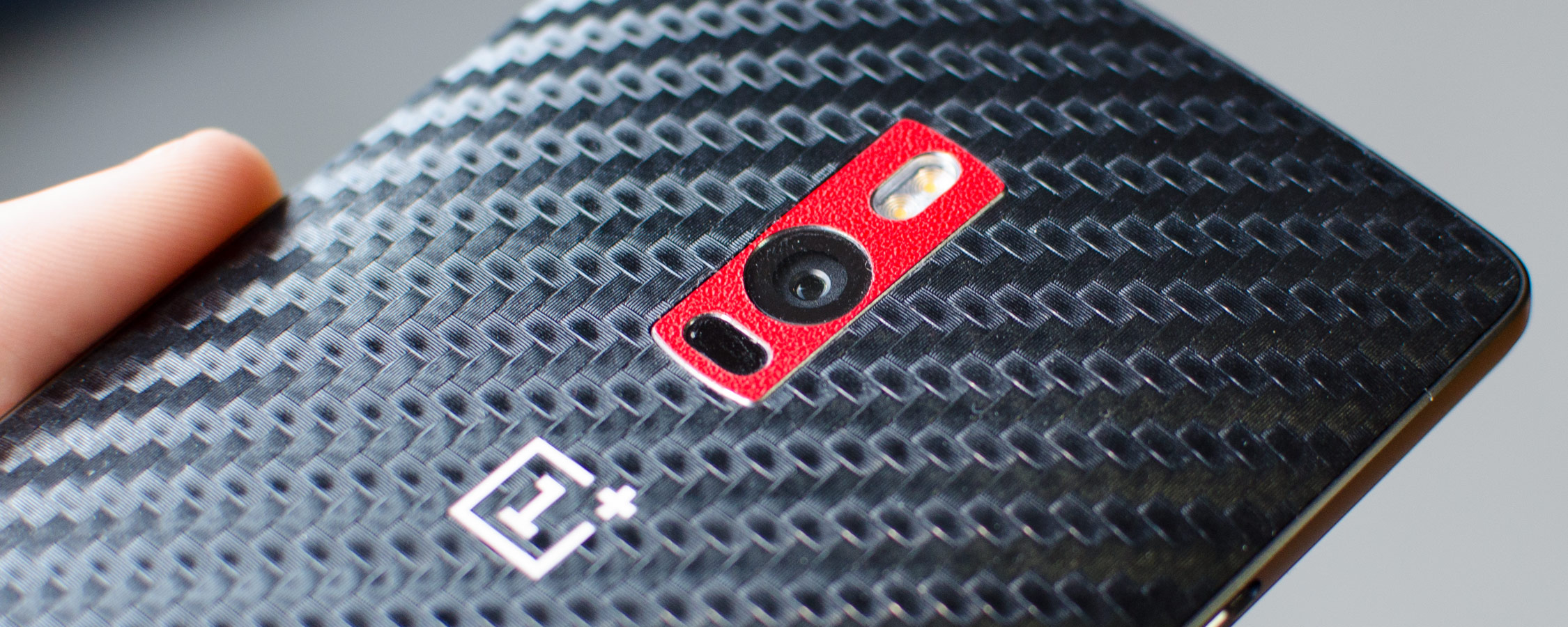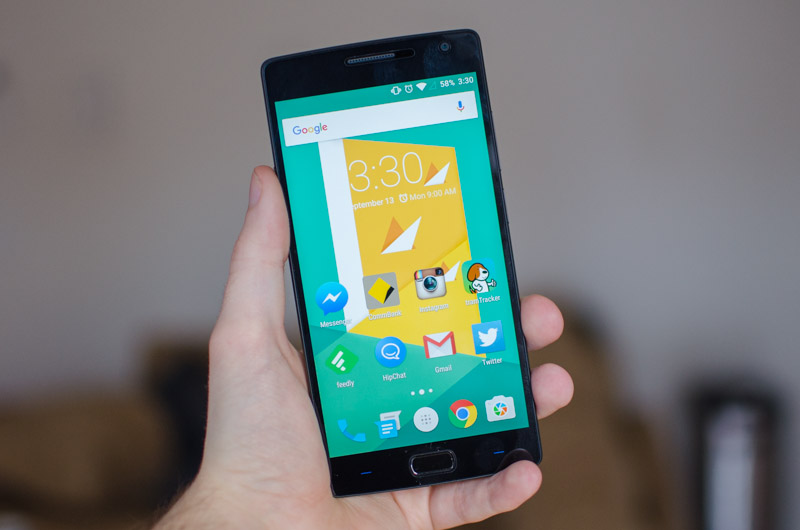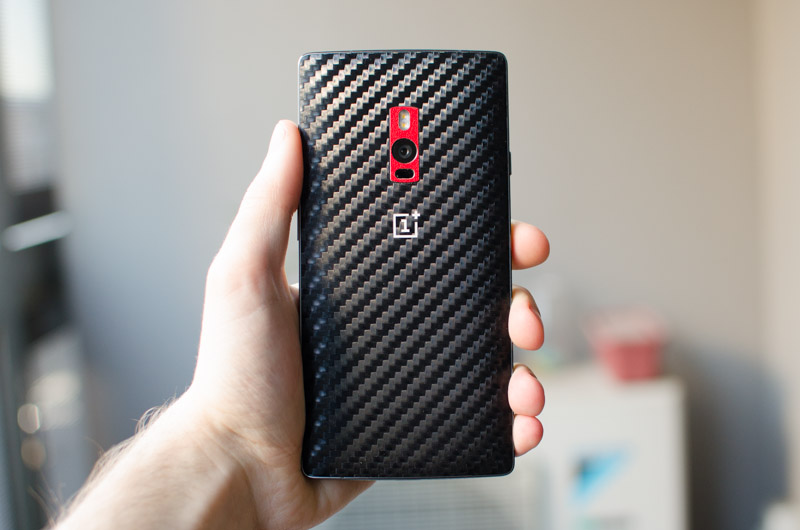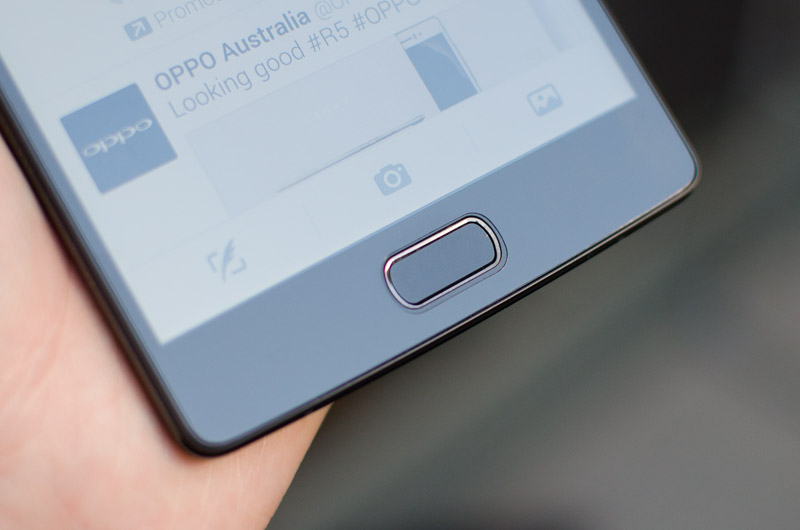I really like the idea of the affordable flagship. Not a mid-range device with mediocre specs that a company tries to label as an "affordable flagship", but a true, high-end device with an attractive price tag. In a smartphone market dominated by Apple, Samsung and other companies with $600-700 flagships, such handsets don't appear very often.
Unless, of course, you're OnePlus, whose bread and butter is the affordable flagship. The company's debut smartphone from last year, the OnePlus One, was a very commendable first effort, packing high-end hardware like a Snapdragon 801 SoC and a 13-megapixel camera into a $300 package. There were a few issues with the One's software, including bugs at release and a slow update to Android 5.0, but it was a compromise many were willing to make in favour of a cheap device with solid hardware.
Come 2015 and the OnePlus One is ready to be succeeded by the unsurprisingly-named OnePlus 2. This affordable flagship is slightly more expensive than its predecessor, starting at $329 for the 16 GB model, but once again it features top-of-the-line hardware. Internally OnePlus has opted for a Snapdragon 810 SoC with 3 or 4 GB of RAM and a 3,300 mAh battery, on the front is a 5.5-inch 1080p display, and on the rear a 13-megapixel camera with an f/2.0 lens, OIS and laser autofocus.
The OnePlus 2 isn't just a flagship in terms of hardware: the smartphone also includes a number of features we've seen crop up in competing high-end devices. There's a static fingerprint sensor below the display, USB Type-C for charging and data transfer, two SIM card slots, and a unique notification control switch on the side. The smartphone comes with Android 5.1 on-board in the form of OnePlus' OxygenOS.
OnePlus is labelling the OnePlus 2 the "2016 flagship killer," and although we won't be able to test this claim for another five months, let's see how the smartphone fares against the 2015 competition.
From the first moment you pick up the OnePlus 2 you'll notice the handset is pretty large, certainly larger than mid-sized flagships like the Samsung Galaxy S6 and Sony Xperia Z5. The squared-off design, particularly on the left and right sides, doesn't make this phone the most ergonomic I've seen (especially at this size), but I didn't have much trouble gripping it during use. People with small hands might encounter more difficulties than I did, however.
OnePlus has upped their game as far as materials are concerned, with the OnePlus 2 using a combination of glass, metal, and standstone-finished plastic for its body. Despite the choice of premium materials, the phone still has a somewhat bland look, failing to really differentiate itself from other standard rectangular slab designs on the market. Although I'm generally a fan of minimalist designs, and the OnePlus 2 certainly falls into this category, there's just something about this particular design that's rather uninspiring.
The front panel is where you'll find the Gorilla Glass 4 panel protecting the display, and out of the box there's also a screen protector applied that you can remove if you wish. Above the display is the typical array of sensors, a speaker, a notification LED, and camera; while below you'll find the two capacitive navigation buttons and the static fingerprint sensor.
I like the growing push for fingerprint sensors in smartphones, as they're the most convenient way to secure your smartphone. Unfortunately the OnePlus 2's fingerprint scanning implementation, while fast and generally accurate, is lacking in a number of ways. Firstly, the scanner can only be used to secure the device at the lockscreen; there's no way to use it for app passwords, mobile payments, or really anything else at this stage. It's unclear whether OnePlus will provide an API in the future allowing developers to use the handset's fingerprint authentication, or whether it'll support standard fingerprint features in Android 6.0, but I'm not holding my breath.
Secondly, OnePlus decided to make the fingerprint sensor double as a capacitive home button, which is great in theory. In practice, however, the sensor didn't always register my finger presses, which meant that occasionally the button failed to act as a home button on the first press. This can be pretty annoying, and although it didn't happen every day, ideally the sensor would be just as responsive to presses as the other two capacitive buttons.
Speaking of the capacitive buttons, OnePlus decided not to print or etch a symbol on either of the buttons, instead opting for a thin blue line (when illuminated) on either side of the fingerprint sensor. The reason for this is that you can change the functionality of these buttons in the software, switching the positioning of the back and recent apps buttons. For a right-hander using the OnePlus 2 in one hand, the bottom left button is somewhat difficult to reach, so I set the more frequently used back button to be the easier-to-access bottom right button, even though this layout is not 'correct'.
You can also set the three navigation buttons to be on-screen, which reduces the screen real estate available to apps in favour of buttons that are slightly easier to access. If you're finding it difficult to handle the large OnePlus 2 while pressing the capacitive buttons, switching to on-screen buttons is a good idea.
The edges of the OnePlus 2 are made from a grey aluminium-magnesium alloy, which gives the phone a premium, high-end feel. The right-hand side is where the volume rocker and power button are located in a reasonably comfortable location, although you can power on and unlock the device with a single press of the fingerprint sensor (if you have fingerprint lock enabled).
The top of the OnePlus 2 features a 3.5mm audio jack, and along the bottom is a USB Type-C port for charging and data transfer. This is the first smartphone I've reviewed with the new, reversible USB port on-board, and it's a big improvement on the standard micro-USB ports we've used for years. You no longer have to flip over the cable to ensure it's correctly oriented, and although it won't be compatible with all the micro-USB chargers out there, we're expecting to see more and more Type-C devices in the next few years.
On the left-hand edge of the OnePlus 2 is an Alert Slider, which allows you to easily switch between Android's three notification profiles (All, Priority, and None) without unlocking the device. The slider is somewhat handy, and I found myself using it on occasion, but I would find it far more useful if I could change its functionality to switch between three sound profiles (sound, vibrate, and silent) instead.
The standard back of the OnePlus 2 is made from plastic, finished to look and feel sandstone, although other "StyleSwap" backs are available. While OnePlus' options are pretty decent, the guys at dbrand offer a huge range of cheap-yet-premium skins for the device, and the black carbon option with red camera accents applied to my OnePlus 2 looks simply awesome. If you want something to make your smartphone stand out from the crowd, check out dbrand, I highly recommend them.
The back cover is removable, and underneath you'll find just a removable dual SIM card tray, with no microSD card slot or removable battery. The lack of the latter two features will disappoint power users, but I do appreciate the inclusion of dual-SIM support for those that happen to have two cellular plans.











